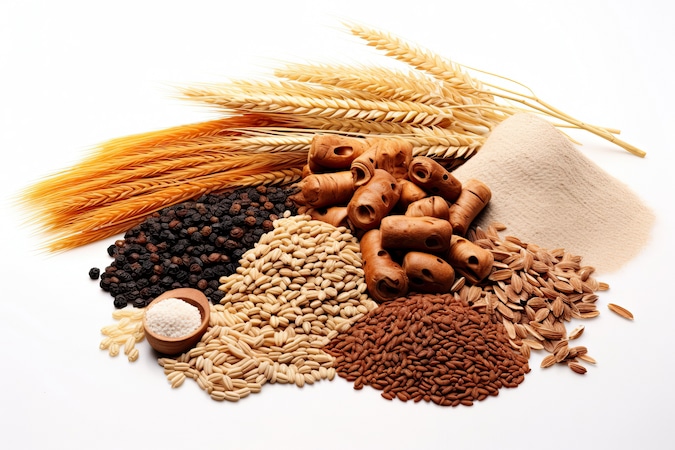
Unpasteurized Ferments: A Realistic Health Boost for Your Lifestyle

Unpasteurized ferments are an underrated powerhouse for improving gut health, enhancing nutrition, and promoting overall wellness. Fermentation not only preserves food but also creates beneficial probiotics that support your digestive system and immune health.
In this article, we’ll explore the benefits of unpasteurized ferments, how to incorporate them into your diet, and practical tips for buying or making them at home.
Key Takeaways:
- Unpasteurized ferments contain probiotics that improve gut health.
- They can support immune function, digestion, and nutrient absorption.
- Adding ferments to meals is easy with small, daily servings.
- Look for products labeled “raw” or “unpasteurized” to get maximum benefits.
Why Unpasteurized Ferments Are a Health Essential

Unpasteurized fermented foods are naturally rich in probiotics, beneficial bacteria that thrive in your gut. These foods, such as sauerkraut, kimchi, and kefir, are not subjected to high-heat pasteurization, which can destroy these live bacteria.
Top Benefits of Unpasteurized Ferments
- Enhanced Gut Health: Probiotics improve the balance of gut bacteria, reducing bloating and supporting regular digestion.
- Boosted Immunity: A healthy gut microbiome can strengthen your immune system.
- Improved Nutrient Absorption: Fermentation enhances the bioavailability of nutrients like B vitamins and antioxidants.
- Natural Detoxification: Fermented foods help your body expel toxins more efficiently.
For more health tips on optimizing your diet and lifestyle, visit SelfGood .
How to Incorporate Ferments into Your Diet
Adding ferments to your meals doesn’t have to be complicated. Here’s how you can start:
- Breakfast Boost: Add a spoonful of kefir to your smoothie or yogurt.
- Simple Sides: Serve sauerkraut or kimchi as a side dish with lunch or dinner.
- Snack Smart: Try raw pickles or fermented carrots for a healthy, tangy snack.
Tips for Beginners
- Start small with 1–2 tablespoons per day to allow your gut to adjust.
- Experiment with different ferments to find flavors you enjoy.
- Avoid heating fermented foods as it destroys probiotics.
Explore more realistic ways to maintain a healthy lifestyle with our blog .
Buying and Storing Unpasteurized Ferments
How to Identify Quality Fermented Foods
- Look for labels that say “raw” or “unpasteurized.”
- Choose products sold in the refrigerated section, as probiotics require cold storage.
- Check for simple ingredients like vegetables, salt, and spices without added preservatives.
Storage Tips
- Keep ferments in the fridge to maintain their live cultures.
- Always use clean utensils to avoid introducing harmful bacteria.
Making Your Own Ferments at Home
Homemade ferments are cost-effective and give you full control over ingredients. Here’s a simple recipe for sauerkraut:
Basic Sauerkraut Recipe
- Ingredients: 1 medium cabbage, 1 tablespoon sea salt.
- Steps:
- Shred the cabbage and massage it with salt until it releases water.
- Pack the cabbage tightly into a jar, ensuring it is submerged in its liquid.
- Cover the jar with a loose lid and let it ferment at room temperature for 1–2 weeks.
- Taste periodically and refrigerate once it reaches your desired tanginess.
Making your own fermented foods can be a rewarding way to connect with your health.
Long-Term Benefits of Including Ferments
Incorporating ferments into your diet has far-reaching benefits for overall health, including reduced inflammation, improved mental clarity, and better energy levels. These foods are a simple, sustainable way to support your wellness journey.
For more resources and state-specific health insurance tips, visit our health insurance plans .




